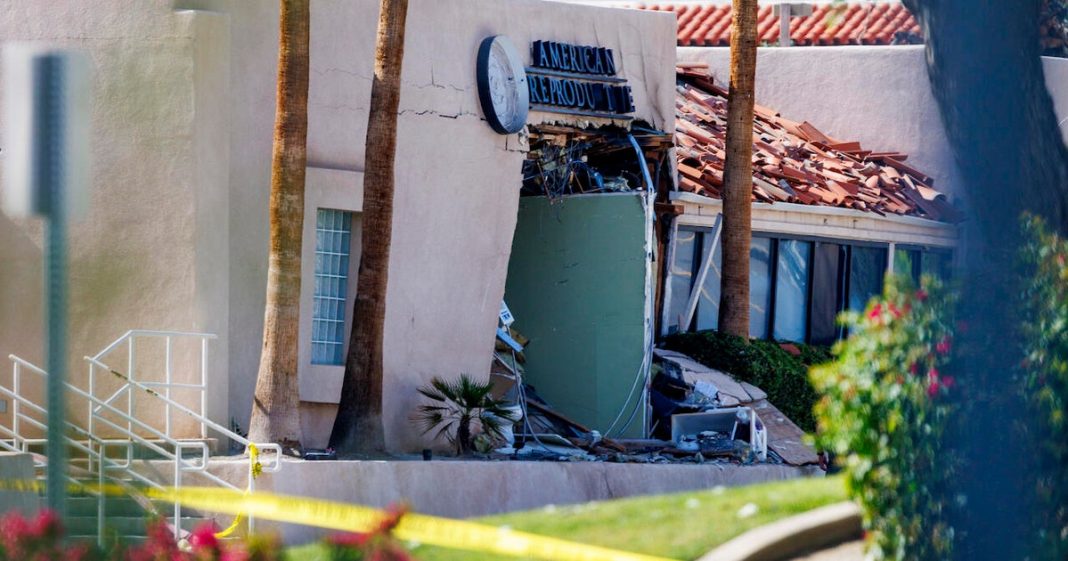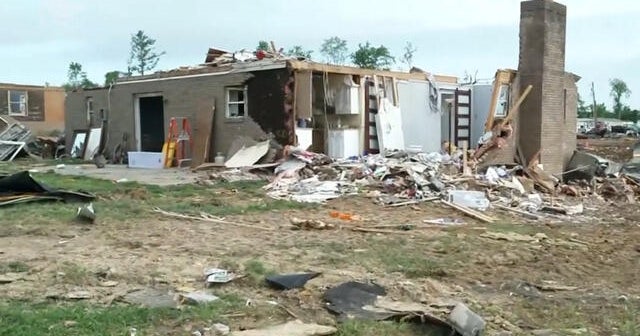Jarrod Taylor has been diving in the waters off the coast of Honolulu for 20 years, and he has witnessed a seismic shift happening not just in Hawaii but across the world’s oceans.
Coral reefs — which are essential for maintaining marine life and biodiversity, as well as helping protect coastal communities from storms — are losing their colors and transforming in the warming waters fueled by changing climate.
“It’s sad and disheartening,” Taylor said. “It was really colorful probably two years ago. And now it’s all bleached white.”
According to the National Oceanic and Atmospheric Administration, 84% of coral reefs are now under heat stress that can cause bleaching. When the ocean warms, the algae that give corals their vibrant hues are pushed out, leaving them as white skeletons.
Marine scientist Greg Asner leads Allen Coral Atlas, a program that maps the world’s coral bleaching with the goal of conservation.
“There are some heat waves where you and I might swim around for a while and actually start sweating in the water. Corals and other species that live on the seafloor are much more sensitive than we are,” said Asner, who’s also the director of the Center for Global Discovery and Conservation Science at Arizona State University.
On both land and sea, 2024 was the earth’s hottest year on record, according to the European Centre for Medium-Range Weather Forecasts.
With the average ocean surface temperature hitting 70 degrees, the rising heat is speeding up coral deaths. It used to take years to kill a reef. Now, it can take weeks — sometimes days.
Compared to Hawaii, the decline of coral reefs is worse in the Great Barrier Reef and the Galapagos Islands, according to Asner. The problem is most severe in the Caribbean and the state of Florida.
“It’s heart wrenching to see these huge areas, expanses of amazing biological diversity, just go. It’s like pulling the plug on a TV, and it’s just static, just goes blank … And the recovery is extraordinarily slow to zero,” Asner said.
Without healthy and thriving reefs, aquatic creatures lose their habitats and coastlines lose a natural seawall that can protect communities from storms — preventing billions of dollars in flood damage, according to the NOAA.
While the situation is dire, not all hope is lost.
There’s a push to educate tourists to use sunscreens that don’t contain chemicals that are harmful to corals, and solutions like underwater nurseries are allowing corals to repair and regrow, but it’s going to take time.
“The next gen, the folks that I’m training now, they could be the ones who could see the recovery phase. If we get fossil fuels under control,” Asner said.




